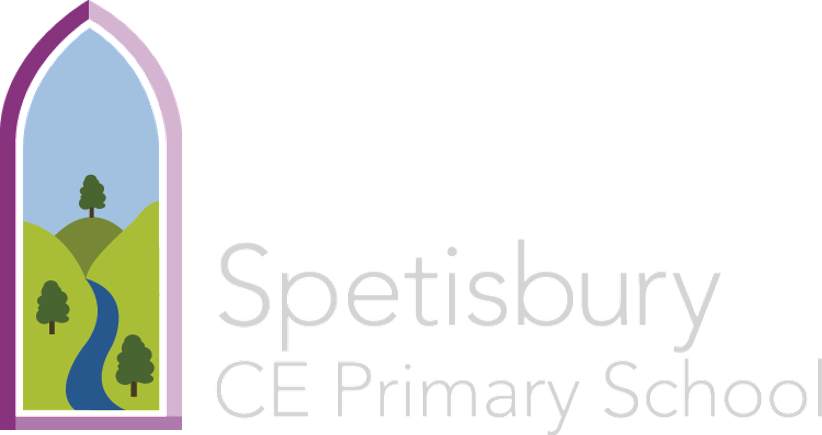Handwriting at Spetisbury
Letter Formation
As the children learn their phonics, they also begin to write their own letters and form words. First, it is very important that a child learns to hold their pencil in the correct way from the outset. It is much more difficult to correct this later on. We encourage children to hold their pencil using a tripod grip between the thumb and first two fingers.
Once we have established the correct way to hold the pencil, then we must turn our focus to children forming each letter the correct way. This includes the direction and starting point for each letter. A multisensory approach to teaching letter formation really helps children to learn. This is why we recommend a number of different ways children can practise their formation including writing in the air, on a classmate’s back, on paper, in sand, in shaving foam or using chalk outside. It is important to revise the formation of each letter regularly and when children are writing, be vigilant in checking their pencil hold. Of course, parental support here can be invaluable as they can work on a one-to-one basis.
Once the children have learnt how to form all of their letters correctly, they learn to join using Spetisbury continuous cursive writing. Joined continuous, cursive writing enables the children to join each letter, without taking the pencil off the paper, so that each word is formed in one, flowing movement. Through regular handwriting sessions, the children develop their handwriting skills and ability to write more quickly. We use 'Letter Join' to help teach handwriting.
At Spetisbury, our aim in teaching handwriting is to teach children the correct letter formation, joining and good writing habits so that they can write fluently, legibly and by the end of KS2 begin to develop a distinctive handwriting style.
